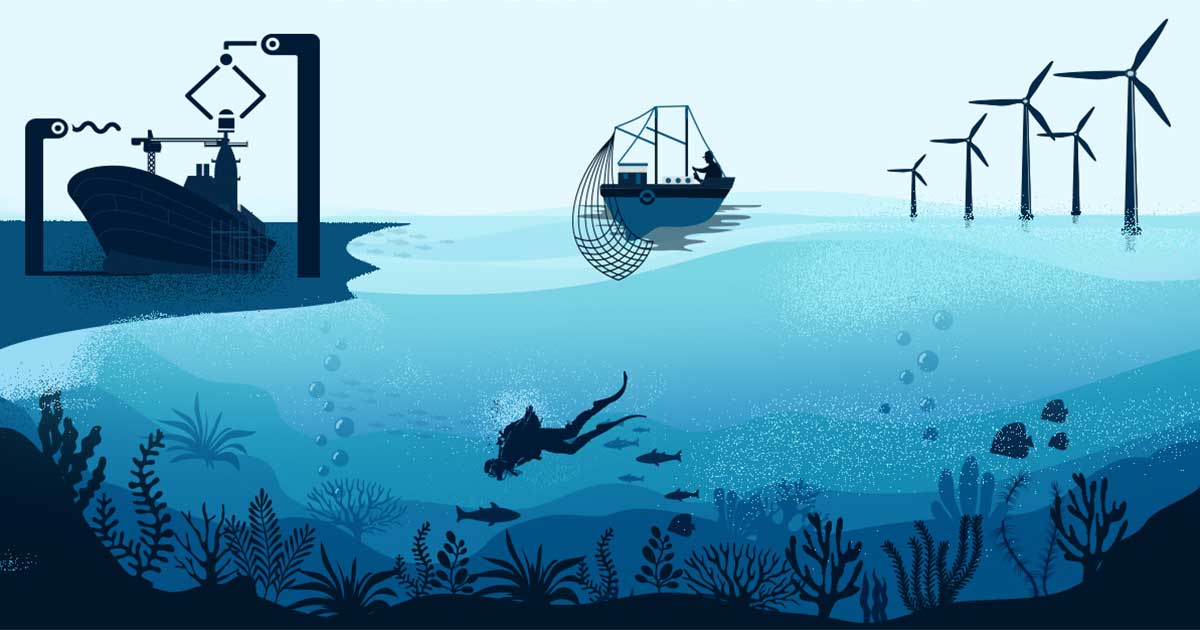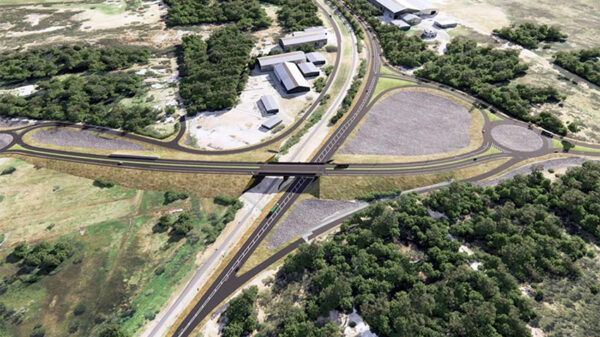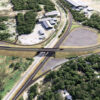Pakistan’s Geopolitical and Economic Advantages in the Blue Economy.
Pakistan’s strategic location presents significant economic opportunities, boasting a vast exclusive economic zone of 290,000 square kilometers and approximately 1,001 kilometers of coastline. The country’s blue economy encompasses diverse sectors such as fisheries, aquaculture, renewable energy, shipping, shipbreaking, offshore minerals, and tourism, all poised for substantial growth.
The Pakistan Economic Survey 2023–2024 underscores the sector’s potential, contributing 2.4% to GDP growth. The agriculture sector achieved a notable 6.25% growth, enhancing food security and price stability.
Efficient utilization of marine resources and infrastructure investments can spur economic advancement. In 2024 (July–April), fish production totaled 791 million metric tons. Major buyers included China, Japan, Malaysia, the Middle East, Thailand, and Sri Lanka, generating approximately $534 million in exports. Despite a modest growth rate of 0.81%, fisheries contributed 0.31% to GDP.
To optimize these opportunities, Pakistan must upgrade port facilities to rival global counterparts like Singapore and Dubai. Enhancing infrastructure, value-added processing, and market access, along with sustainable practices and technology, will ensure long-term growth and environmental conservation.
The government has prioritized the blue economy, allocating Rs24.6 billion in the current budget for agriculture, food, irrigation, forestry, and fisheries. Additionally, Rs429 million in technical grants were awarded for development projects in Gwadar by the Ministry of Maritime Affairs.
Karachi Port Trust (KPT) plays a pivotal role in maritime traffic and cargo handling, managing 51.65 million tonnes by the end of FY24. Port Qasim Authority (PQA) handled 34.3 million tonnes in the first nine months of FY24, indicating steady growth. Investment in expanding and modernizing these ports is essential for enhancing trade efficiency and capacity.
Gwadar Port, a cornerstone of Pakistan’s socioeconomic growth with substantial Chinese investment, underscores the province’s potential for tourism infrastructure development. Strategic upgrades in port infrastructure, adherence to international standards, and investment in technology and logistics will attract foreign direct investment (FDI).
The China-Pakistan Economic Corridor (CPEC) project promises to boost maritime trade and regional connectivity. To capitalize on coastal tourism potential, Pakistan must focus on infrastructure development, security, amenities, and transportation.
The Pakistan National Shipping Corporation (PNSC) reported revenue of Rs35 million for July–March FY24, with operating profits of Rs17.5 million. With 12 vessels, including bulk carriers and oil tankers, PNSC is pivotal in container business and transportation.
In conclusion, Pakistan’s blue economy presents a pathway to bolster economic growth. Government initiatives and investments are crucial for sectoral development, with a focus on sustainable practices and technological advancements. Leveraging marine resources effectively will be pivotal in securing Pakistan’s economic future.










